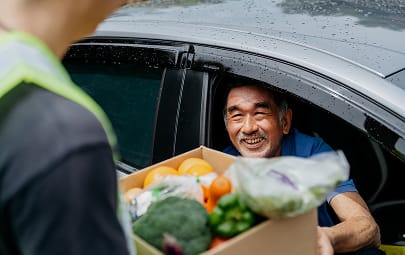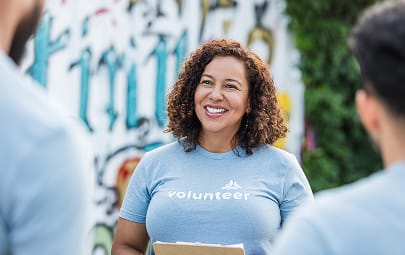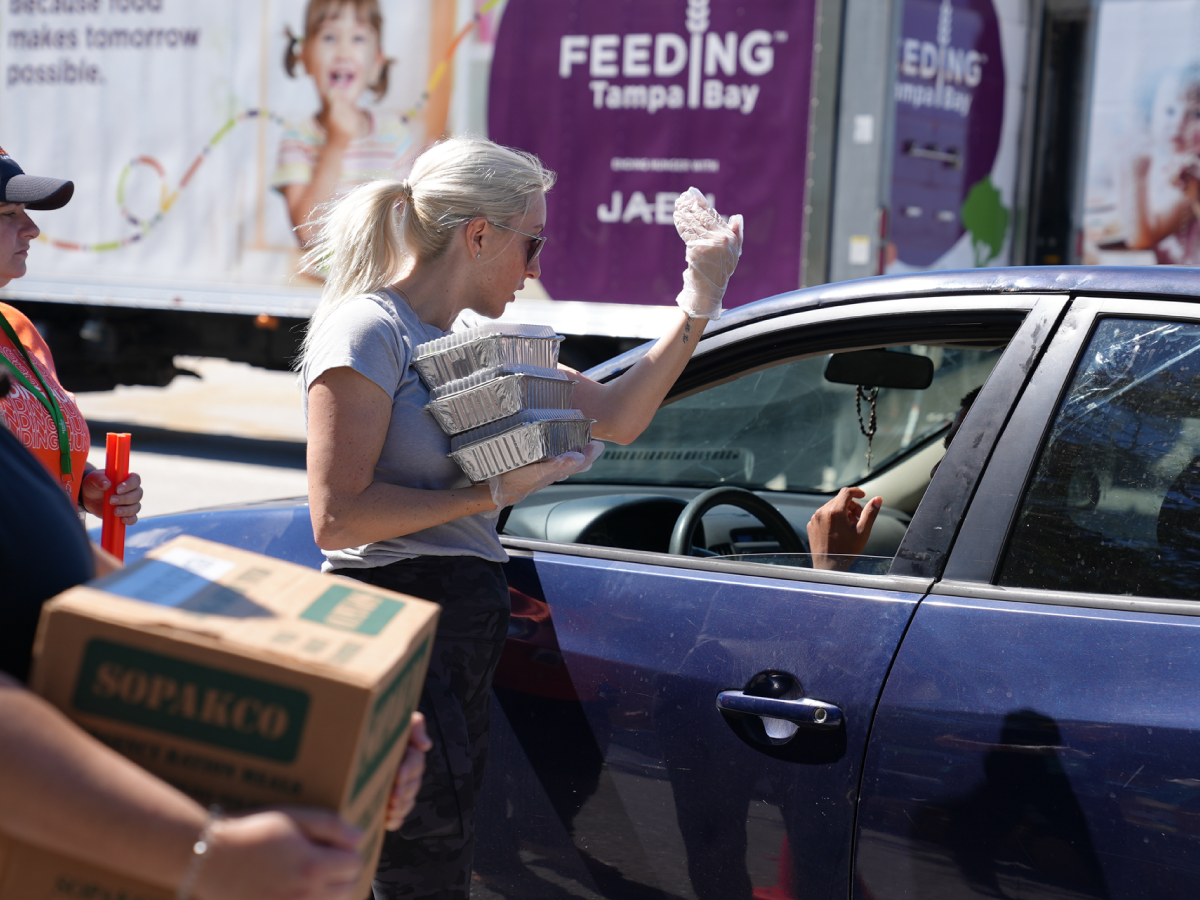Summer sun and fun also brings the start of hurricane season, which runs from June 1 to November 30 each year. Florida, surrounded by the warm waters of the Atlantic Ocean and the Gulf of Mexico, is especially prone to hits from the season’s toughest tropical storms.
The National Oceanic and Atmospheric Administration (NOAA) is predicting a “near normal” Atlantic hurricane season this year, meaning that we should expect anywhere between 12 and 17 named storms to form, with 1 to 4 being major hurricanes. Although these numbers are “normal”, we shouldn’t let them deter us from adequately preparing in the event of an emergency. As Floridians, we will be especially at risk of high winds, heavy rains, storm surges, and flooding. Moreover, these storms can change paths rapidly. That’s why it’s crucial that we stay prepared for anything.
Interpreting Weather Forecasts
The National Hurricane Center (NHC) issues regular updates during storms. The following are a few of the key forecast terms you should know (definitions taken from noaa.gov):
- Tropical Storm Watch: Tropical storm conditions (sustained winds of 39 to 73 mph) are possible within the area within 48 hours.
- Tropical Storm Warning: tropical storm conditions are expected in the area within 36 hours
- Hurricane Watch: Hurricane conditions (sustained winds of 74 mph or more) are possible within a given area
- Hurricane Warning: Hurricane conditions are expected within a given area, and it’s important to evacuate immediately if you are ordered to do so.
- Storm Surge Watch: There is a possibility of deadly storm surge flooding from rising water moving inland somewhere within the specified area, generally within 48 hours. A storm surge is an unusual rise of water generated by a big tropical storm.
- Storm Surge Warning: There is a danger of life-threatening storm surge flooding from rising water moving inland somewhere within the specified area, generally within 36 hours.
Tips to Prepare for Hurricane Season
Don’t wait until a hurricane is headed your way to start prepping. Here are a few things you can do before a weather forecast even flashes across your TV screen:
- Go over/discuss an emergency plan with your family. Be sure to also communicate this plan to friends and loved ones who live outside of a storm’s path. That way, multiple people will know your whereabouts in the event of an emergency.
- Write down important and emergency numbers. Keep them on your fridge (or somewhere easily accessible) and program them into your phone
- Know what evacuation zone you are in. This is especially key for those who live in mobile or manufactured homes. Mobile/manufactured/trailer homes and recreational vehicles (RVs) cannot provide safe shelter from tropical-storm or hurricane-force winds. If you have pets, check to see if there are any shelters near you that accept them. Many do not, so it’s best to be aware. Evacuation zones and shelter maps for the 10 counties in Feeding Tampa Bay’s coverage area:
- Make copies or keep track of important documents and records, such as: Bank account numbers, Insurance policies, Birth certificates and IDs
When a storm is headed your way, make sure you are staying up to date with storm notifications either online or from your local weather channel. If emergency officials advise you to evacuate your home, it is important that you do so. Make note of possible evacuation routes, and have alternatives if your main roads are blocked or flooded.
If you cannot leave your home, stay inside and away from windows until authorities say it is safe to go outside. Here are a few other tips to ensure you stay safe.
- Have a disaster supply kit. This kit should include the following:
- Water: one gallon per person, per day (3-day supply for evacuation, 2-week supply for home)
- Food: non-perishable, easy-to-prepare items (3-day supply for evacuation, 2-week supply for home)
- A manual can opener
- Flashlight
- First aid kit
- Extra batteries
- Multi-purpose tool, like a swiss army knife
- Copies of personal documents (i.e. medication lists, proof of address, deed/lease to home, passport, birth certificate, etc.)
- Extra fuel for car
- Battery-powered or hand-crank radio
- Cell phone and charger
- Personal hygiene items
- Blankets, extra clothing
- Extra cash (in case ATMS are closed)
- Pet supplies
- Matches
- Clear your yard of things that may be easily moved by high-speed winds and rain
- Cover windows and doors with hurricane shutters, plywood, or other materials that cannot be easily broken or punctured.
Food Safety and Food Supply
A big storm can suddenly disrupt your ability to reach the grocery store, so it’s best to plan to have at least a 3-day food supply on hand. Be sure to keep foods that:
- Have a long shelf-life
- Require little to no cooking or refrigeration in case you lose power
- Meets the needs of babies, family dietary restrictions, and pets.
- Are not very salty or spicy, as these foods increase the need for drinking water, which may be in short supply
Tips for food safety:
- A full freezer will keep food safe for 48 hours (24 hours if half-full) without power if you don’t open the door. You can keep food in your fridge for up to four hours if you don’t open the door. Make sure the freezer is at 0 °F (Fahrenheit) or below and the refrigerator is at 40 °F or below.
- Throw out all perishable foods when your power has been out for four hours or longer
- Before a storm, have these food-related supplies on hand: Thermometers in the freezers or refrigerators, Bags or containers of ice to keep food cold or to melt if water supply is contaminated or unavailable, Nonperishables high on shelves in case of flooding
- Sanitizing cans of food. Remove labels from cans, which can harbor dirt and germs. Be sure to wash the cans, and dip them in a solution of unscented household bleach and water. Allow the cans to air dry. Re-label cans with a marker, including expiration dates
- Hurricane food essentials, especially bottled water







